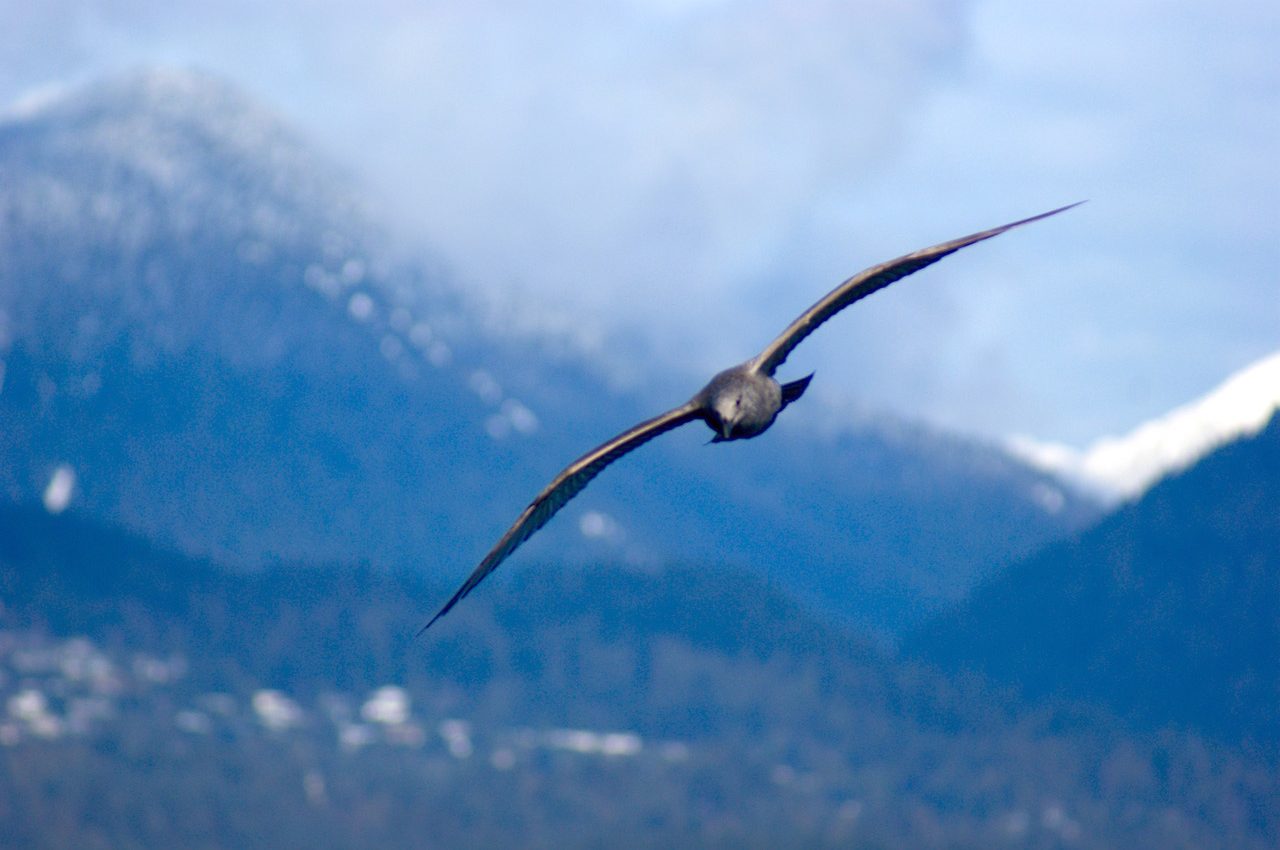
Wing technique used by gulls can help design advanced drones
Researchers are sharing new details about how gulls contour their wing shape to stabilize their flight using a technique known as wing morphing. The findings could ultimately lead to the development of more efficient flying vehicles, such as drones for environmental or agricultural monitoring.
The study was a collaboration between zoologists at the University of British Columbia (UBC) and engineering expert Professor Philippe Lavoie of the University of Toronto Institute for Aerospace Studies (UTIAS).
The researchers measured the lift and drag of 12 different wing shapes, all with slightly different elbow and shoulder angles. They discovered that gulls are able to form an impressive range of wing shapes to stabilize glide with a simple adjustment of their elbow joints, expanding the wings either outwards or inwards.
While the gulls are soaring, the wings are fully extended and have a more rounded shape. On the other hand, the wings are tucked in and have a flatter shape when the birds are taking off or landing.
“If you can change the shape of the wings, you can create more stable configurations with lower drag when you want more endurance,” said Professor Lavoie. “Gulls can use updrafts to increase altitude so they don’t have to flap their wings as much to conserve energy. But if they need to make quick maneuvers, like diving to catch fish, they can change the shape of the wing for that particular purpose.”
Professor Lavoie is particularly interested in how gulls control their flight over long distances by changing their wing shape because a better understanding of this technique could inform the design of future aircraft, such as drones.
“The benefit of morphing is that you don’t need bulky control surfaces during flight and it makes it easier to take advantage of energy harvesting through soaring.”
Professor Lavoie has a vision of fixed-wing drones that could coast on thermal updrafts as they scan pipelines for defects, look for signs of drought or crop disease on large farms, or monitor the movements of caribou herds. This type of drone could also be used to track forest fires.
“The idea of bio-inspired research is to try and understand how nature does it, given that it had millions of years to adapt to certain conditions,” said Professor Lavoie. “Once we do that, we can see if there are elements that we can pluck out for our own designs.”
The study is published in the journal Royal Society Interface.
—
By Chrissy Sexton, Earth.com Staff Writer
Image Credit: Christina Harvey – UBC













